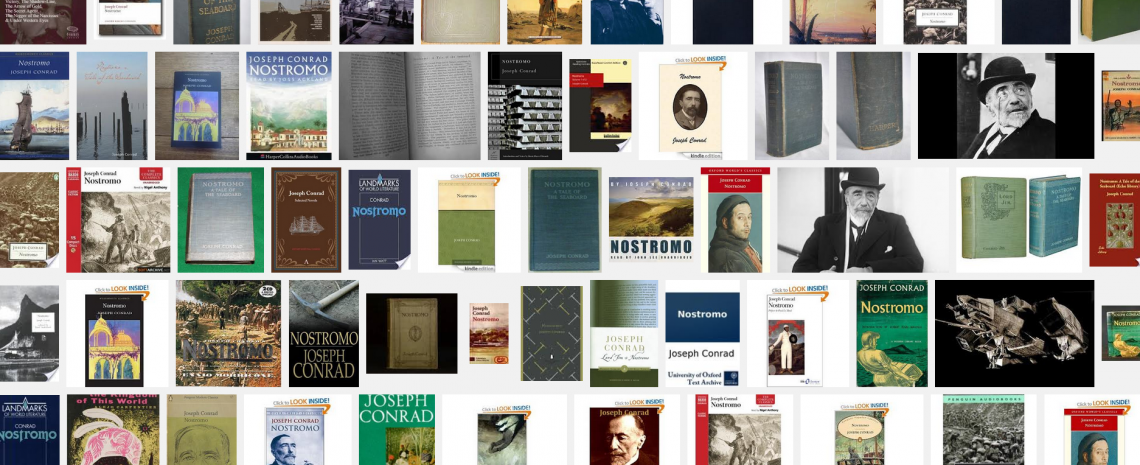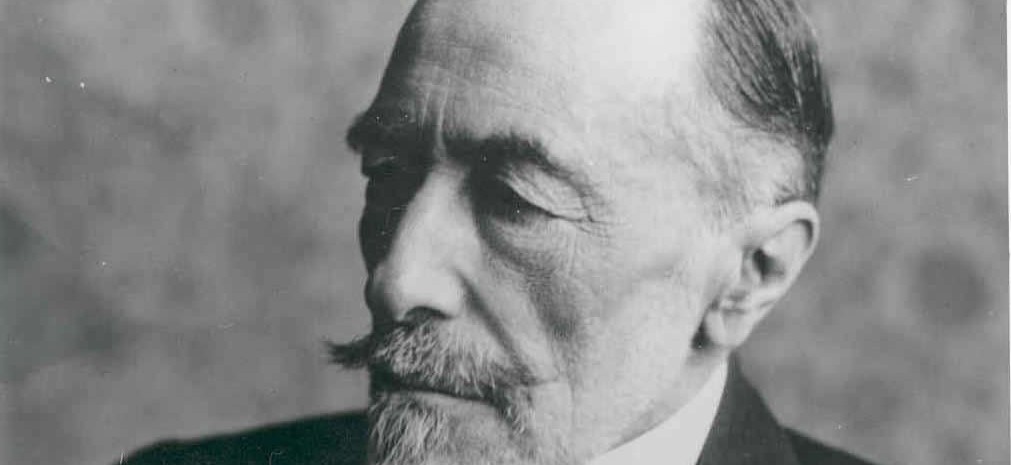Deciding which tags to use in a TEI markup of a text sounds fairly basic, especially since the TEI precisely defines each element and attribute. However, tagging Nostromo for character epithets forced me to think critically about tagging as a performative, rather than just a descriptive, gesture. This might seem like an obvious point for people familiar with Allen Renear‘s work, particularly his article “The Descriptive/Procedural Distinction Is Flawed.” For me, however, this way of thinking about my own markup practices was entirely new.
As someone who still has much to learn about text encoding, this realization transformed the tagging process for me from the documentation of content to a critical assertion about specific content, in particular the nature of epithets, in two editions of Joseph Conrad’s Nostromo. Beginning with the questions “what are people called and how does this vary from edition to edition?” I immediately set to work tagging the text using, what seemed to me at the time, the obvious element: persName.
One of the problems I ran into while tagging names in the text was determining what constituted a person name. When I began coding, I used the persName tag. Because tags have semantic meaning, I initially felt constrained by the limits of the tag as opposed to the scope of my research interests. The TEI guidelines defines the persName as a tag that “contains a proper noun or proper-noun phrase referring to a person, possibly including any or all of the person’s forenames, surnames, honorifics, added names, etc” (TEI, PersName). This definition worked for epithets such as Nostromo, Captain Mitchell, and even Señor. The persName tag could not cover epithets such as “the man” for Nostromo or “the old Garibaldino” for Giorgio Viola. The tag also seemed questionable when including possessives in the epithets such as his capataz and his men and adjectives such as magnificent capataz and old seaman. The frequency with which the characters are referred to in ways that extend beyond the scope of the persName tag meant that the information captured by the persName tag would not be sufficient in an analysis of character epithets.
One of the most interesting problems that the persName tag posed arose when the text pointed to a character using a racial epithet as opposed to a proper name. At least two cases arose that flagged one problematic use of the persName tag: Hirsch, who is referred to by Sotillo as the “Jew,” among other epithets, and the men on the lancha who the narrator refers to as the “four negroes.” Neither the “Jew” nor the “negroes” are names, and to tag them as such seemed to replicate the text’s move to essentialize the characters’ identities as an editorial/markup practice. However, if I avoided tagging these epithets, the ography would show no traces of the characters’ presence in the instances they were referred to through such terms. It would also mean ignoring the important uses of referents that speak to the reduction of individuals to their racially marginalized statuses by a character asserting his power over his detractors (Sotillo) and the narrator.
As a result of this complication among others, persName was replaced with the “rs,” or referencing string. The TEI defines a referencing string as “a phrase which refers to some person, place, object, etc.” (TEI, Referencing String, 3.5.1). The broad definition of the referencing string allowed me to include any type of reference to a character in the ography, thereby 1) reducing the chances that characters would be excluded from the data and 2) avoiding the repetition of some of the novel’s essentializing gestures. These problems, however, highlight the need for continued reflection on my own tagging practices. How does this new way of tagging change the nature of my research? What does this new method suggest about my critical approach to the text? And how do markup practices engage histories of racism and oppression?
Post by Katie Tanigawa, attached to the ModVers project, with the versioning tag. Featured images for this post care of Google Images, at images.google.ca; and the Joseph Conrad Society of America, at cenacle.com.au.


